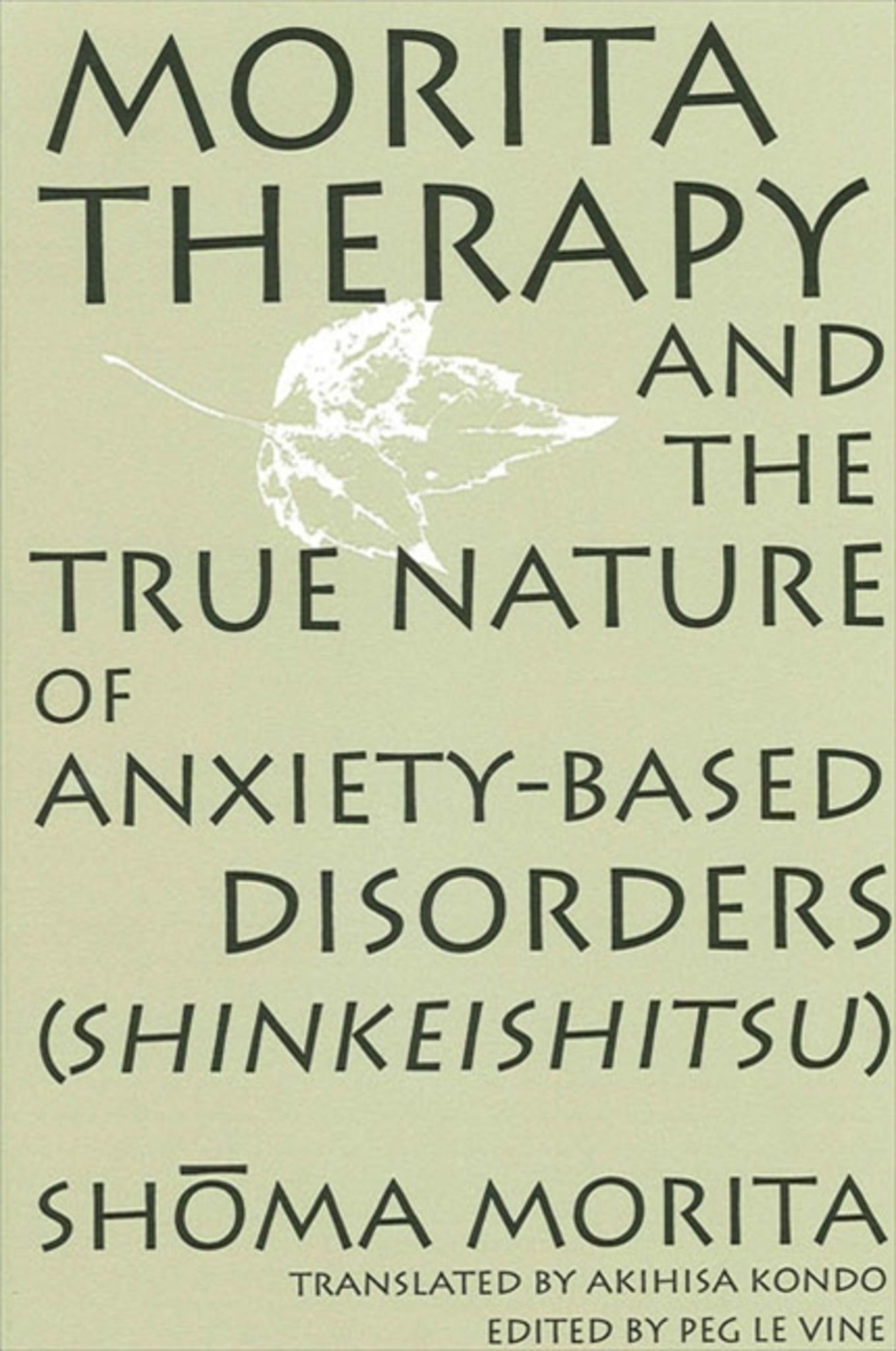We're sorry. An error has occurred
Please cancel or retry.
Morita Therapy and the True Nature of Anxiety-Based Disorders (Shinkeishitsu)

Some error occured while loading the Quick View. Please close the Quick View and try reloading the page.
Couldn't load pickup availability
- Format:
-
30 April 1998

The first English translation of a seminal work in a therapeutic practice that holds increasing interest for Westerners.
This book presents the progressive nature of Morita therapy across four distinct stages: an isolation rest stage, a light monotonous work stage, a labor-intensive work stage, and the social integration stage. Essentially, the experiential knowledge the clients gain by moving through the inpatient treatment becomes the therapy. Though the classical therapy was initially designed to treat anxiety-based disorders, it is presently used in Japan, China, and Australia for depression, personality disorders, eating disorders, and post-traumatic stress disorder. Morita therapy fosters akiraka ni mikiwameru-koto in the client (clear discernment), and a healthy mind/body. Throughout the book, Morita reflects on the theories of his contemporaries such as Sigmund Freud, William James, Mario Montessori, and Jean Charcot.


"Some of Morita's insights into the changeable nature of feelings and attention were ahead of his time. These insights fit well with some modern theories of how the dynamic brain works." — Henry J. Kahn, University of California-San Francisco
"This book is important in itself as a historical document as Morita therapy represents a unique form of treatment which has emerged out of Japanese culture. It presents a different perspective on mental health and impairment and thus another way of understanding human beings." — Mike Sayama, author of Samadhi: Self Development in Zen, Swordsmanship, and Psychotherapy
List of Illustrations
Translator's Preface
Author's Preface
Editor's Introduction
Author's Introduction
1. Principles of Morita Therapy
Shiso-no-mujun: Contradiction between Ideas and Reality
Subjectivity and Objectivity
Emotion and Knowledge
Taitoku (Experiential Embodied Understanding) and Rikai (Intellectual Understanding)
Beliefs, Judgments, and Errors of Logic
Theories of the Unconcious
Nature and Artificiality
Objective Projection of Ideas
Obedience to Nature
The Opposing Function of Mind
Choice of Circumstance
Meaning of "Subjectivity"
Attention
Relationship between Attention and Consciousness
Harmonizing Function of the Mind
Mushoju-shin
Guiding Principles of Emotions
2. Therapy for Anxiety Disorders with Hypochondriasis (Shinkeishitsu)
Origins of the Method of Treatments by Morita
The First Stage: Isolation and Rest
The Second Stage: Light Occupational Work
The Third Stage: Intensive Occupational Work
The Fourth Stage: Preparation for Daily Living
Pure Mind
3. The Effectiveness of Morita Therapy
The Effectiveness of Morita Therapy
Process of Recovery
Healing in Clients with Chronic Organic Dysfunction
Course of Treatment
Adverse Effects of Conventional Methods of Treatment
4. Therapy for Paroxysmal Neurosis
What is Paroxysmal Neurosis?
A Client with Attacks of Palpitations
A Client with Attacks of Gastrospasm
A Client with Attacks Resembling Labor Pain
5. Therapy for Obsessive Disorders and Phobias
Nature of Obsesseive Disorders
Therapeutic Focus in Treating Obsessive Disorders
Plunge into Fear
Recovery in a Client with a Fear of Stealing
Course of Treatment
6. Persuasion Therapy
What is Persuasion Therapy?
Adverse Effects of Logical Persuasion
Attachment to Ego
Ego-Centered Dogmatism
Attachment as a Biased View
Attitude toward Fear
Religious and Philosophical Persuasion
Return to Nature
7. Experiential Therapy for the Treatment of Anxiety-Based Disorders
Relation to Other Disorders
Sensitivity to Symptoms
Religion and View of Life
The Relationship between Superstition and Obsessive Disorders
The Rose of Education in Promoting Mental and Physical Health
Editor's Glossary of Morita Therapy Terms
Supplementary Section: Theories about Nature and Disorder that Inform Morita Therapy
Hypochondriasis and Anxiety
Seishin-kogo-sayo
Classification of Anxiety-Based Disorders (Shinkeishitsu)
Reconceptualizing Personality Disorders
Classification of Dispositions
References
Index



